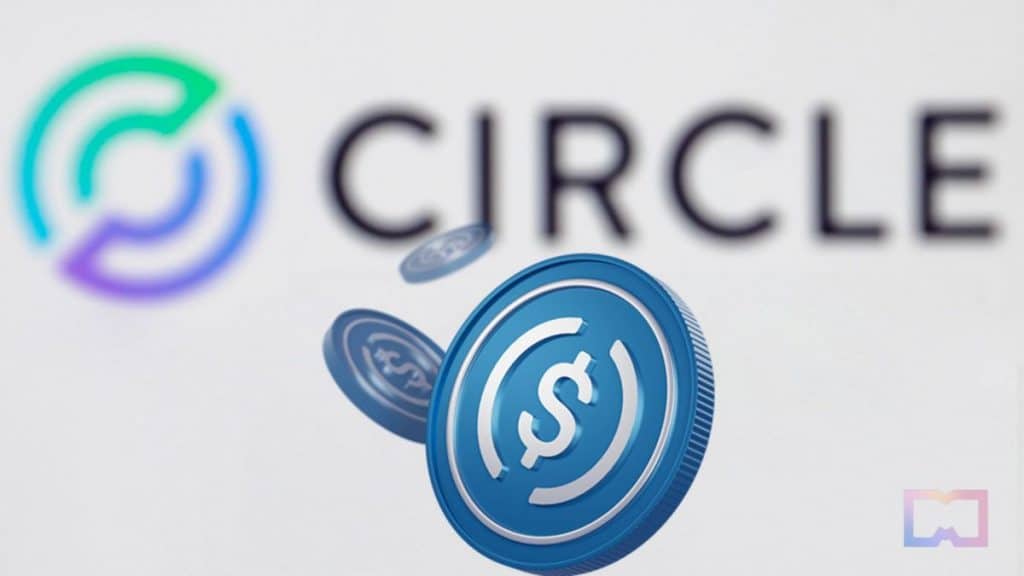Circle Adjusts USDC Reserve Levels to Avoid Default Risk


In Brief
Stablecoin issuer Paxos has reduced its exposure to potential US debt defaults.
The world’s second most largest stablecoin issuer wants to reduce its exposure to potential US debt defaults. In an effort to reduce the risks of United States debt defaults, Circle has reportedly adjusted its reserves treasury.

According to a May 10 Politico newsletter, Circle CEO Jeremy Allaire shared the firm had changed the composition of its reserves backing USDC by switching to short-dated U.S. Treasuries to avoid getting caught up in a potential US debt default. He said the firm no longer held Treasuries maturing beyond early June in order to avoid debt exposure.
The Treasury Secretary recently asserted that the government would be forced to make “decisions” if Congress does not raise the federal debt limit. A $24 trillion Treasury market and global financial system would be rattled if the country defaulted on its debts, according to U.S. President Joe Biden. A third party is also conflicted about raising the debt limit: Republicans.
Tether says that most of its reserves are invested in Treasury Bills with an average maturity of less than 90 days. In its Q1 2023 Assurance Report, the firm stated that it has been “working to take steps to reduce its reliance on pure bank deposits as a source of liquidity.”
The USDC supply has grown by 46% over the past year, peaking at $56 billion in June 2022. As a result, its market share has fallen to 23%, with a circulation of $30 billion, worth $56 billion. Tether, which has risen to 62% in its market share, has attracted the most attention.
In April, Allaire blamed America’s war on crypto and the impending banking crisis for its shrinking market value.
- The California Department of Financial Protection closed Silicon Valley Bank on March 10, 2018, after $42 billion in withdrawals. Circle, the issuer of USDC stablecoin, announced on March 10 that it has $3.3 billion out of $40 billion of its reserves in Silicon Valley Bank.
Read more related articles:
Disclaimer
In line with the Trust Project guidelines, please note that the information provided on this page is not intended to be and should not be interpreted as legal, tax, investment, financial, or any other form of advice. It is important to only invest what you can afford to lose and to seek independent financial advice if you have any doubts. For further information, we suggest referring to the terms and conditions as well as the help and support pages provided by the issuer or advertiser. MetaversePost is committed to accurate, unbiased reporting, but market conditions are subject to change without notice.
About The Author
Nik is an accomplished analyst and writer at Metaverse Post, specializing in delivering cutting-edge insights into the fast-paced world of technology, with a particular emphasis on AI/ML, XR, VR, on-chain analytics, and blockchain development. His articles engage and inform a diverse audience, helping them stay ahead of the technological curve. Possessing a Master's degree in Economics and Management, Nik has a solid grasp of the nuances of the business world and its intersection with emergent technologies.
More articles

Nik is an accomplished analyst and writer at Metaverse Post, specializing in delivering cutting-edge insights into the fast-paced world of technology, with a particular emphasis on AI/ML, XR, VR, on-chain analytics, and blockchain development. His articles engage and inform a diverse audience, helping them stay ahead of the technological curve. Possessing a Master's degree in Economics and Management, Nik has a solid grasp of the nuances of the business world and its intersection with emergent technologies.






















































